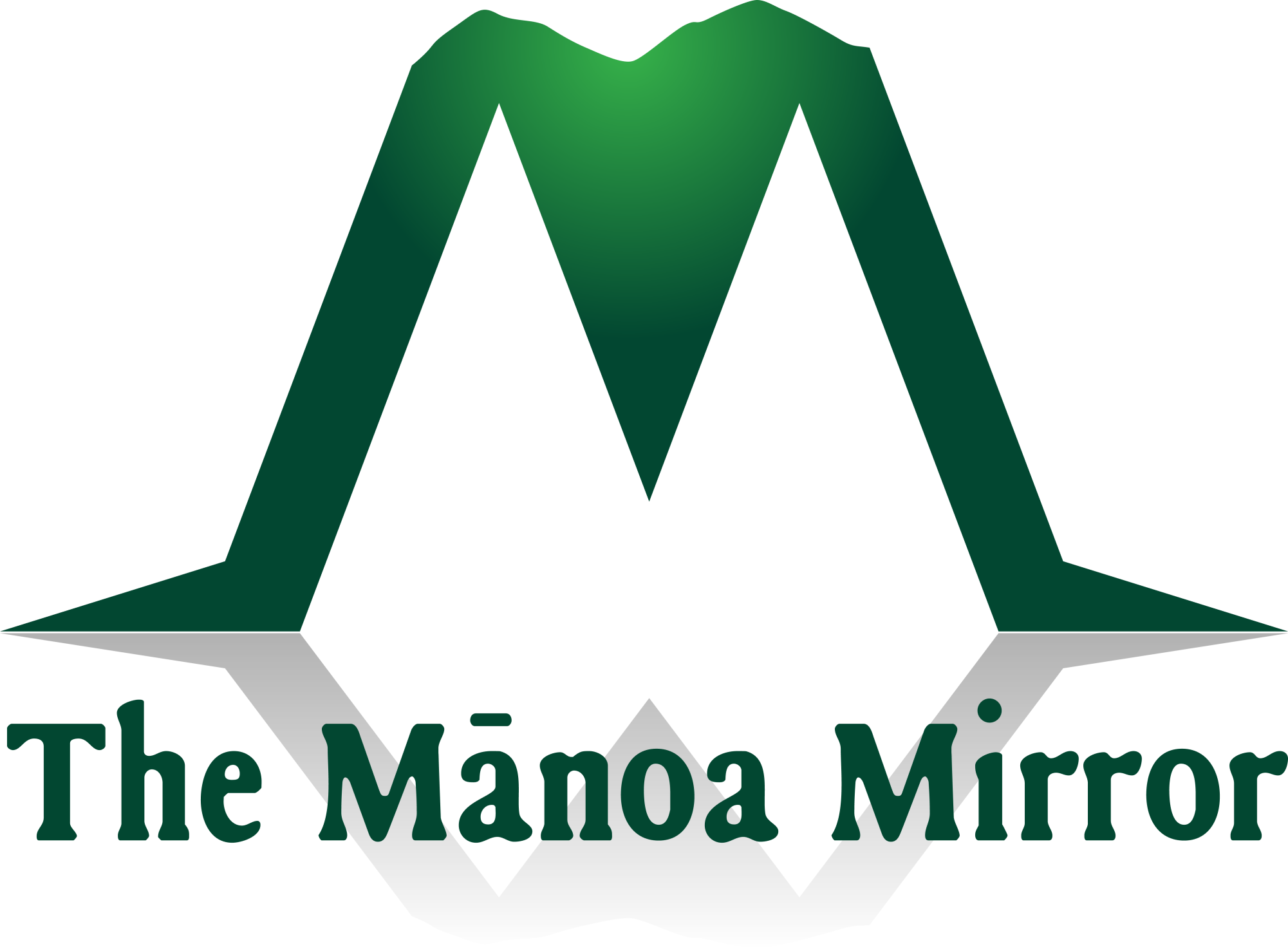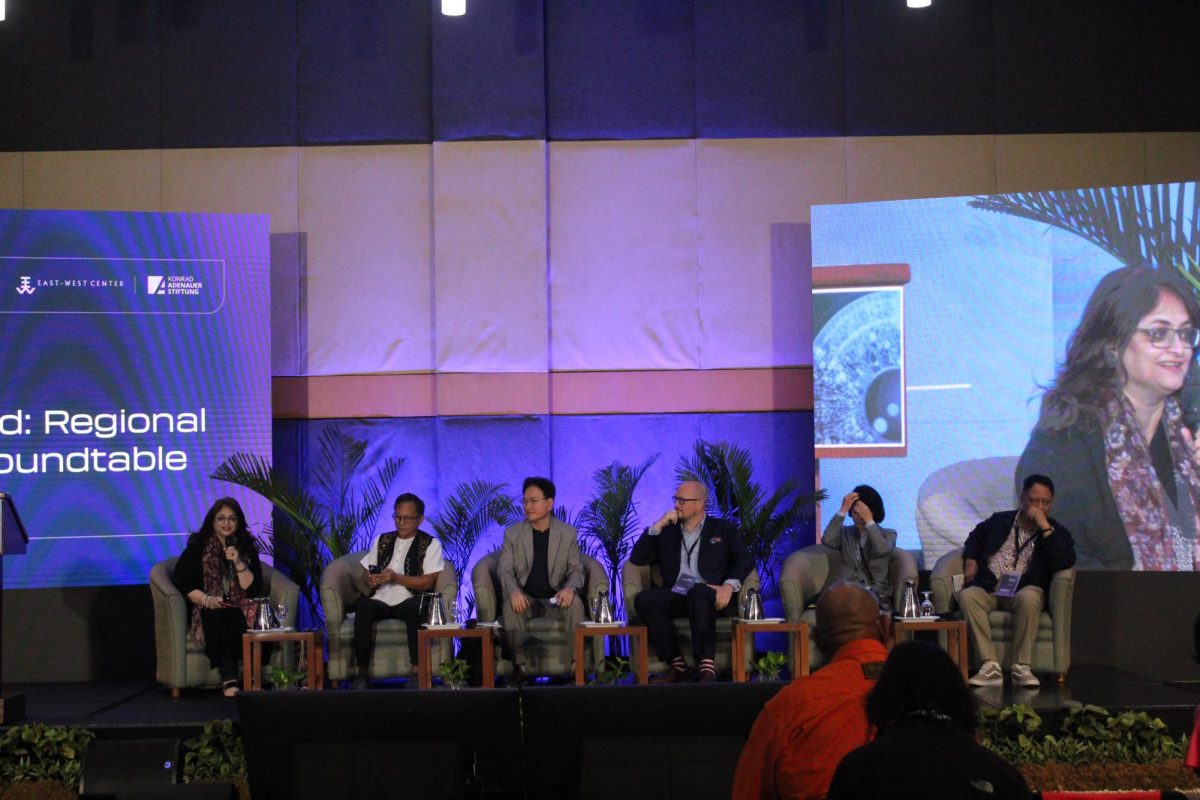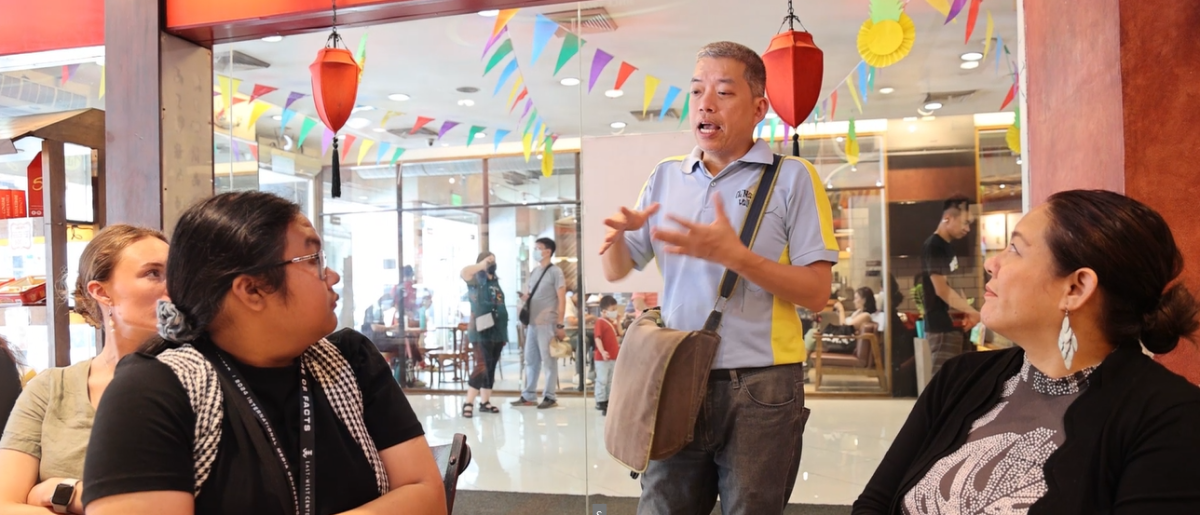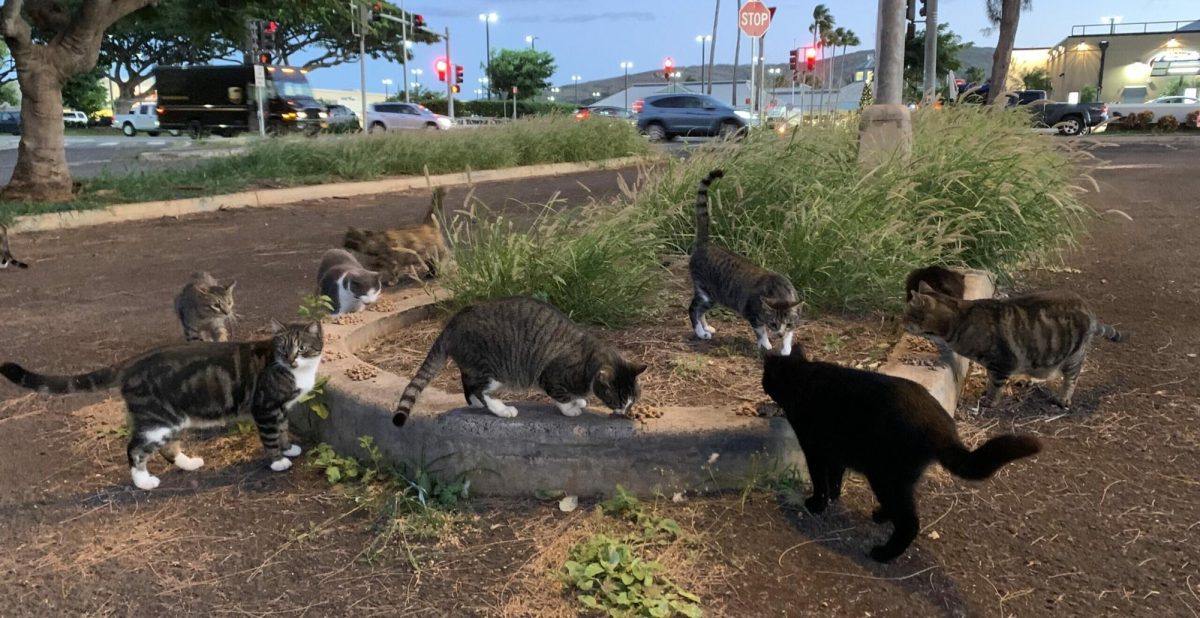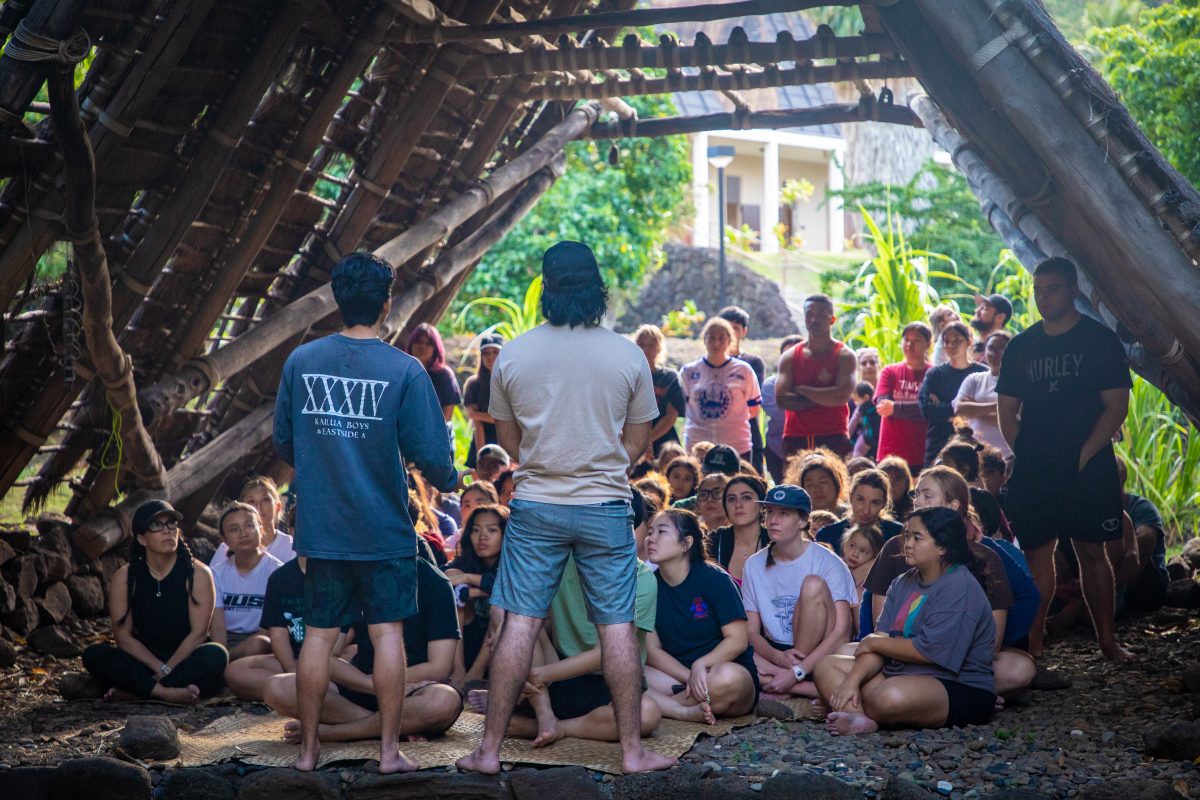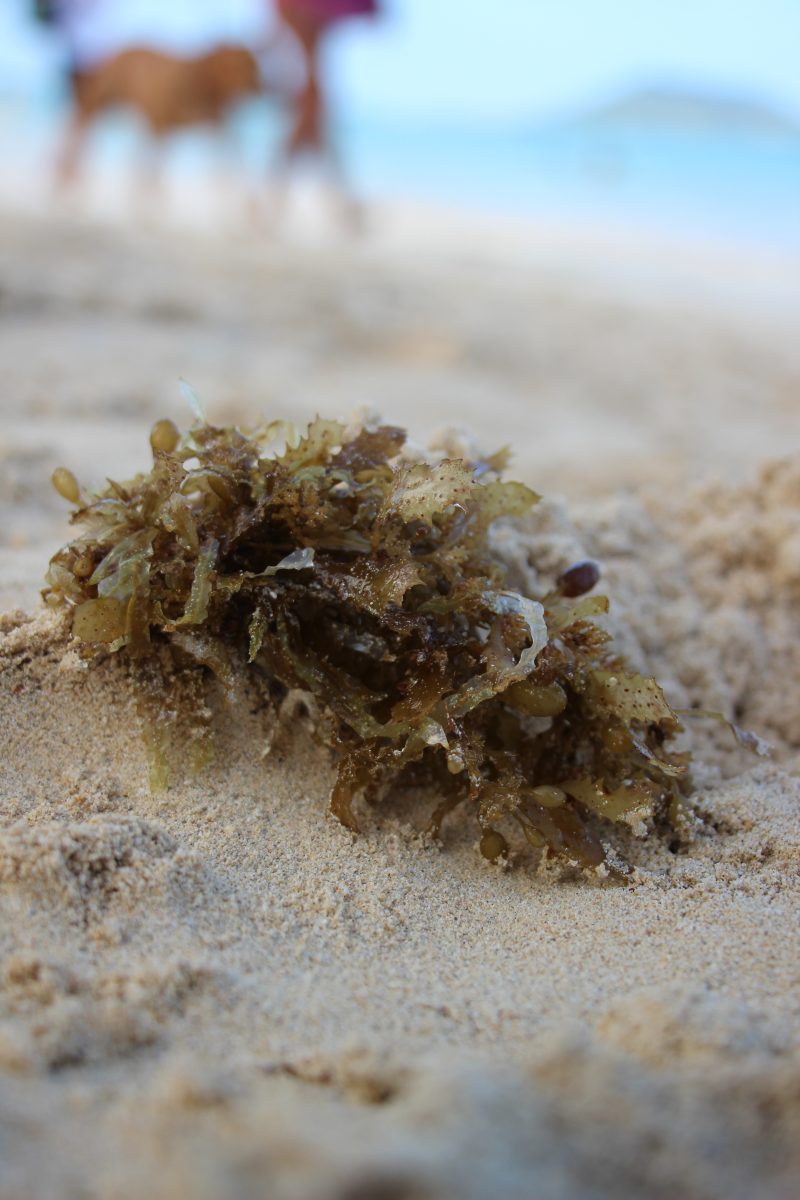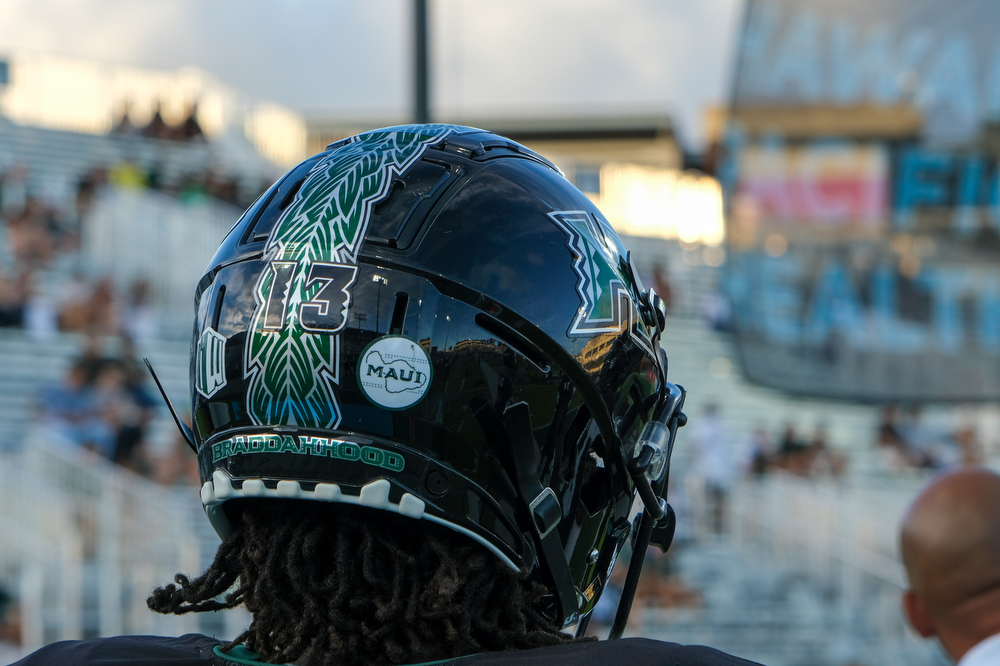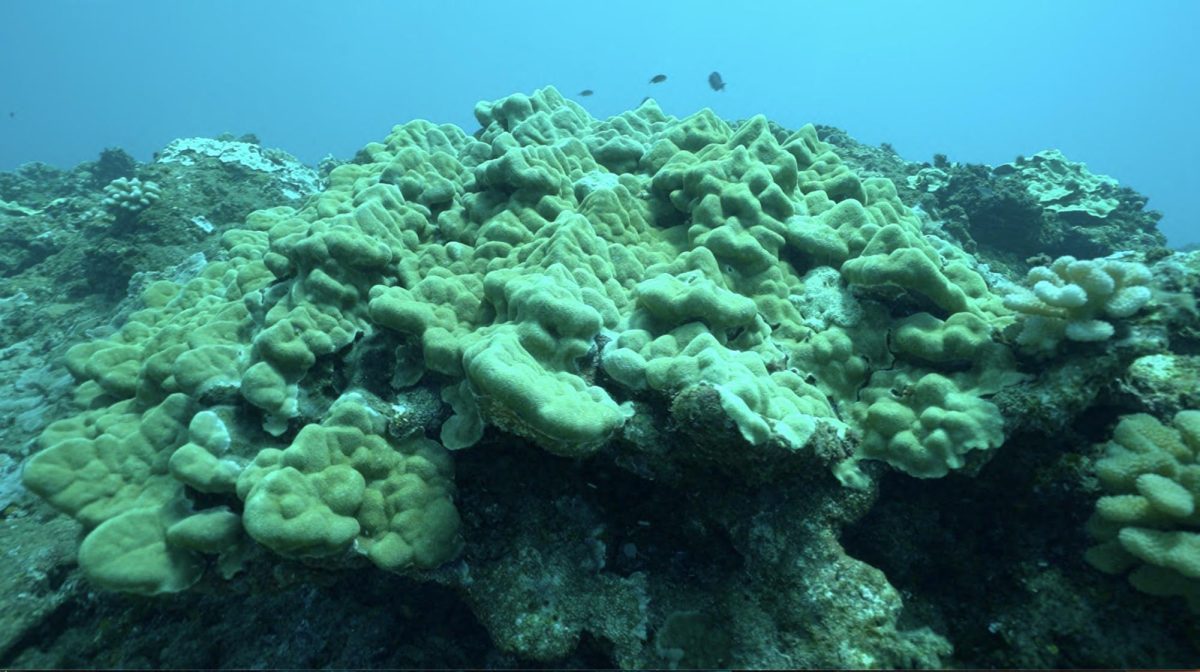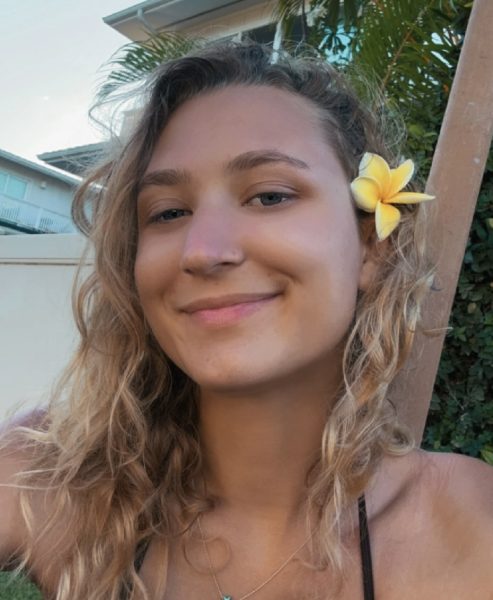Hawaii, a tropical paradise in the middle of the vast Pacific Ocean, is renowned for its pristine white sandy beaches, crystal-clear turquoise waters, and lush jungle scenery that collectively paint a portrait of one of the most beautiful places on earth. Yet, beneath this image of natural beauty lies an ecological crisis that threatens the very foundation of Hawaii’s unique ecosystems. This threat emanates not from diseases or external natural forces but from our beloved pets that pose a grave risk to the islands’ delicate balance and native wildlife populations.
It is natural for us as humans to want to experience life with our friends whether it is bringing them along on travels or cherishing the unconditional love they offer. However, with this companionship comes responsibility—a responsibility to protect our pets from harm and, in turn, to protect nature from the unintended consequences of our pets’ actions.
As human influences continue to grow, more and more species immigrate to the Hawaiian islands every year. Species native Hawaiian plants and animals have not evolved to live with, and it is beginning to cause catastrophic effects on the Hawaiian environments we know and love.
Studies estimate that over 10,000 nonnative species have been introduced to the Hawaiian islands since humans first arrived. Some of these species were brought intentionally, like pigs, which were farmed by native Hawaiians who also ensured populations remained controlled. However, as time went by, more species began to get introduced, and indigenous hunting and agricultural practices were replaced with westernized wildlife management. This alone was enough to cause a major ecological disruption throughout the islands, and unfortunately because these new practices had people waiting to take action for so long, it is now taking everything wildlife managers have to catch up to these threats before it is too late.
Many people assume that non-native pests like the mongoose, chameleon and parakeets are to blame for this shift in environmental balance. While these species certainly do not help with these environmental stressors, it turns out that humans, more specifically our friends, may be more to blame for these issues than we think.
One of the most damaging ecological consequences of humans on the Hawaiian islands has been the introduction and release of our non-native pet species. Hawaii has an overwhelming feral cat population found on all 8 islands, and as their numbers continue to grow, native bird populations continue to decline at a continuously rapid rate. The Department of Land and Natural Resources (DLNR) has even stated that “Feral cats are one of the most devastating predators of Hawaii’s unique wildlife” and that in addition to direct predation from cats and dogs, they are also capable of spreading a potentially lethal parasite known as Toxoplasma gondii. This parasite has proven to be deadly to all types of species, both native and non-native, and has even been known to kill humans.
Another disease that has been a huge issue within the islands is avian malaria. Avian malaria is impacting climate change and honeycreeper, a Native Hawaiian bird species, which is on the verge of extinction and has no suitable habitat to live in. This disease is very deadly and infectious to native birds as well as invasive birds like the ringneck parakeet.
Pets not only directly prey on and kill endangered native species but also intensify competition for limited resources throughout the islands. Our non-native pets compete for available food and altered habitats to take control of essential resources such as water holes, nesting sites and shelter. The presence of released pets disrupts the delicate balance of the islands’ ecosystems, impacting the availability of resources crucial for the survival and reproduction of native species. This competition adds another layer of stress to already endangered populations, further challenging their ability to thrive in their natural environment.
Hawaii has some of the most destructive invasive species on the planet with feral pigs destroying the roots of native plants, cats and dogs killing endemic birds, and chameleons overpopulating and choking resources in the jungles. But if they are not native here, how did they get here? How did we let their populations get so out of control?
In the context of feral domesticated animals, such as cats, dogs, reptiles and birds, many of them started as people’s pets. Over the years, some of these pets ran away or got lost, and unfortunately, many of these animals were intentionally abandoned by their owners and left to fend for themselves in the unforgiving wilderness of the Hawaiian islands. They had to learn to hunt and protect themselves, which in turn caused a significant decline in the number of resources available to these wild animals as more and more individuals entered these already nutrient-poor environments. However, people are working hard to help solve this issue.
The Hawaiian Humane Society has launched an innovative initiative known as the “Free Roaming Cat Program.” This program utilizes strategies like Trap-Neuter-Return-Manage (TNRM) techniques, along with isolating and providing care for feral cat communities, to minimize their impact on wildlife. The primary goal is to reduce the population of feral cats on the island while ensuring that these cats receive proper treatment and care. The Humane Society is actively working to expand this program and has recently opened a new shelter location on the West side of Oahu where stray cats and dogs are particularly prevalent, to address and alleviate the issue. This being said, there are still actions that need to be taken to ensure the long-term safety of our island ecosystems, so what can be done?
In addition to organizations implementing TNRM protocols, individuals can contribute to minimizing their pets’ impact on wildlife by paying or neutering pets. This not only reduces health risks and behavioral issues for your pet but also reduces the chance of more stray pets ending up on the streets. Keeping pets leashed at all times is another strategy to factor in. You may think your pet is behaved enough to be off the leash but even the smallest negative interaction with some of these native species can be fatal.
While community engagement plays a crucial role, it alone cannot eliminate the issue. Hawaii has implemented specific laws to help alleviate these pet-wildlife interactions. These laws include the prohibition of animal abandonment, mandatory reporting of any and all found dogs to animal control, leash requirements for public spaces, and mandatory licensing for all pet dogs on the islands.
People all over the world visit Hawaii to experience nature and beauty. Travelers should be allowed to take their pets with them but it is also their responsibility to keep their pets safe from other animals. Without responsible pet ownership, native wildlife will continue to die off which will affect the entire ecosystem until the beautiful Hawaii we all know and love is barely recognizable from the natural wonder it once was.
